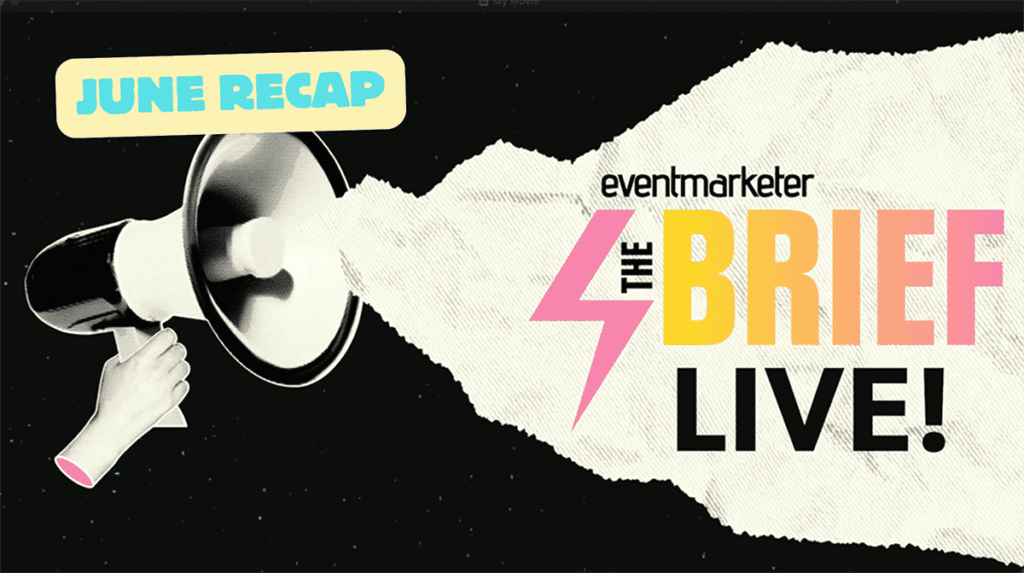Bill Badeau is a bit of an evangelist for online banner advertising. As chief marketing officer of Westport, CT-based CentrPort, a technology firm that connects companies’ database systems with media distribution partners, he does about 30% of his business in the banner area. Banners can perform well for direct marketers and are now moving into the CRM arena.
DIRECT: Response rates for banners are in the toilet, aren’t they?
BADEAU: They are not as bad as people think. The average click-through rate today is about .3%. But the true response rate is triple that — 1% — in terms of people who responded. We have customers who have actually seen 6%.
DIRECT: Has banner response been measured improperly?
BADEAU: In direct mail you measure the number of people who responded divided by the number of people who received the piece. If you send a piece to 1,000 people and 10 of them responded, that’s a 1% response rate. In banner ads, you measure the number of people who responded and divide that by the number of banner ads that the people saw.
DIRECT: What’s wrong with that?
BADEAU: The problem is, each person sees more than one impression. If the same 100 people come to your Web site every day and look at the same 20 Web pages with the same banner ads on them, you could have 5,000 impressions every day. Direct mailers would divide 100 by 5,000, and get a 2% response rate. The truth is, if I bought more banners on that site, my response rate would go down but I’d keep reaching the same 100 people again and again. In direct mail, you’d never do that — it would be like counting inserts.
DIRECT: What’s a better way to measure banners?
BADEAU: Instead, you should measure the number of people who see the banners. And then count separately the number of times each one saw an ad — that’s frequency. Then you can determine the optimal frequency required to get someone to respond. You should also find out if a Web site visitor is more likely to click on a banner the first time he sees it or the 10th time.
DIRECT: What are people spending for banner advertising?
BADEAU: It used to be purchased on a cost-per-thousand (CPM) basis two years ago. Now, advertisers are demanding cost-per-acquisition (CPA). The advertiser will make a deal with the publisher (the company that owns the Web site) that they will pay a set price for every lead generated.
DIRECT: What is the cost range for CPA deals?
BADEAU: I haven’t seen a CPA deal for the most expensive products, like a house or a car. But I’ve seen CPAs ranging from $5 for a subscription to $100 for every mortgage application completed.
DIRECT: What’s the next big thing?
BADEAU: The new thing is selling eyeballs. Instead of buying positions on a page, an advertiser would buy a group of profiles, like mothers who work from home and get exposure to people who said on a survey they were work-at-home moms.
DIRECT: It sounds like a tool for customer relationship management.
BADEAU: It makes sense for marketers to deliver targeted messages to the most loyal customers by distributed media. A great example of CRM for banners would be a financial services company sending an ad for free checking to a customer after they went to the Web site to pay their credit card bill.
DIRECT: How do you know who’s seeing the ad on the Web site?
BADEAU: You don’t know who’s on the Web site by name. But you’ve already scored the anonymous ID and that financial services advertiser knows that this cookie logged in and came on the Web site to pay a bill, so it can assume it’s a customer. And it’s a customer who paid a credit card bill, so they don’t need an acquisition offer for a credit card. Instead, they should get the checking account offer.
DIRECT: Are marketers doing this?
BADEAU: Most of our customers are dabbling in it on their Web sites. The results are so unbelievable: We’ve seen 400% increases in lift on specific campaigns over control groups.
 Network
Network

